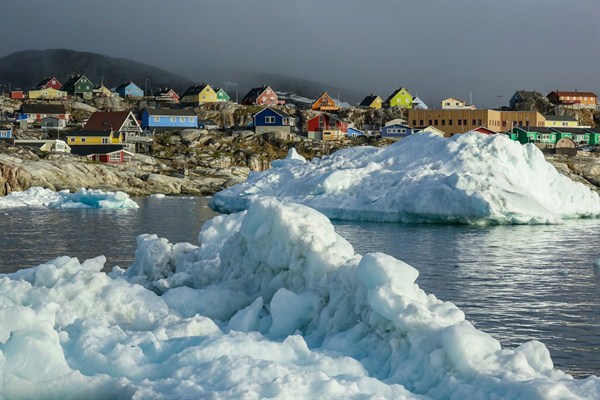Last week, Denmark reached an agreement with the government of Greenland, which is an autonomous Danish territory, to fund improvements to airports on the island. The project aroused controversy when a Chinese company expressed interest and was pre-qualified to participate, a concerning development for Danish and American officials. While Denmark’s $559 million deal decreases the chances of Chinese involvement, it came at a steep political price, as it led the pro-independence Naleraq party to break away from Greenland’s ruling coalition, depriving it of its majority in Greenland’s Parliament. In an email interview, Ulrik Pram Gad, a professor of Arctic politics at Aalborg University in Denmark, discusses the political and geostrategic implications of the deal.
World Politics Review: Why is the issue of funding improvements for Greenland’s airports so controversial, to the point where it would cause a political crisis in the territory?
Ulrik Pram Gad: Greenland primarily depends for its air traffic on two airports constructed by the United States military during World War II: Kangerlussuaq Airport and Narsarsuaq Airport, both located in the bottom of deep fjords in West Greenland. All international flights to continental Europe and North America utilize one of these airports. However, these facilities are located away from the vast majority of Greenland’s 56,000-strong population, which is concentrated along the coast in settlements established by the Danish colonial authorities to develop the fishing industry. Accordingly, since autonomy for the island was introduced in 1979, the government of Greenland has supplemented the two main airports with a number of smaller airstrips in order to provide domestic air passengers with international flights, but larger airports are needed near population centers in order to avoid layovers for international travelers. However, the location, construction and financing of this expansion are controversial for a number of reasons.

